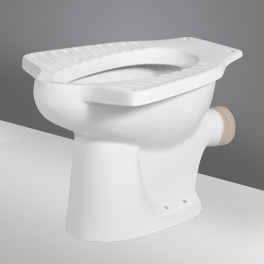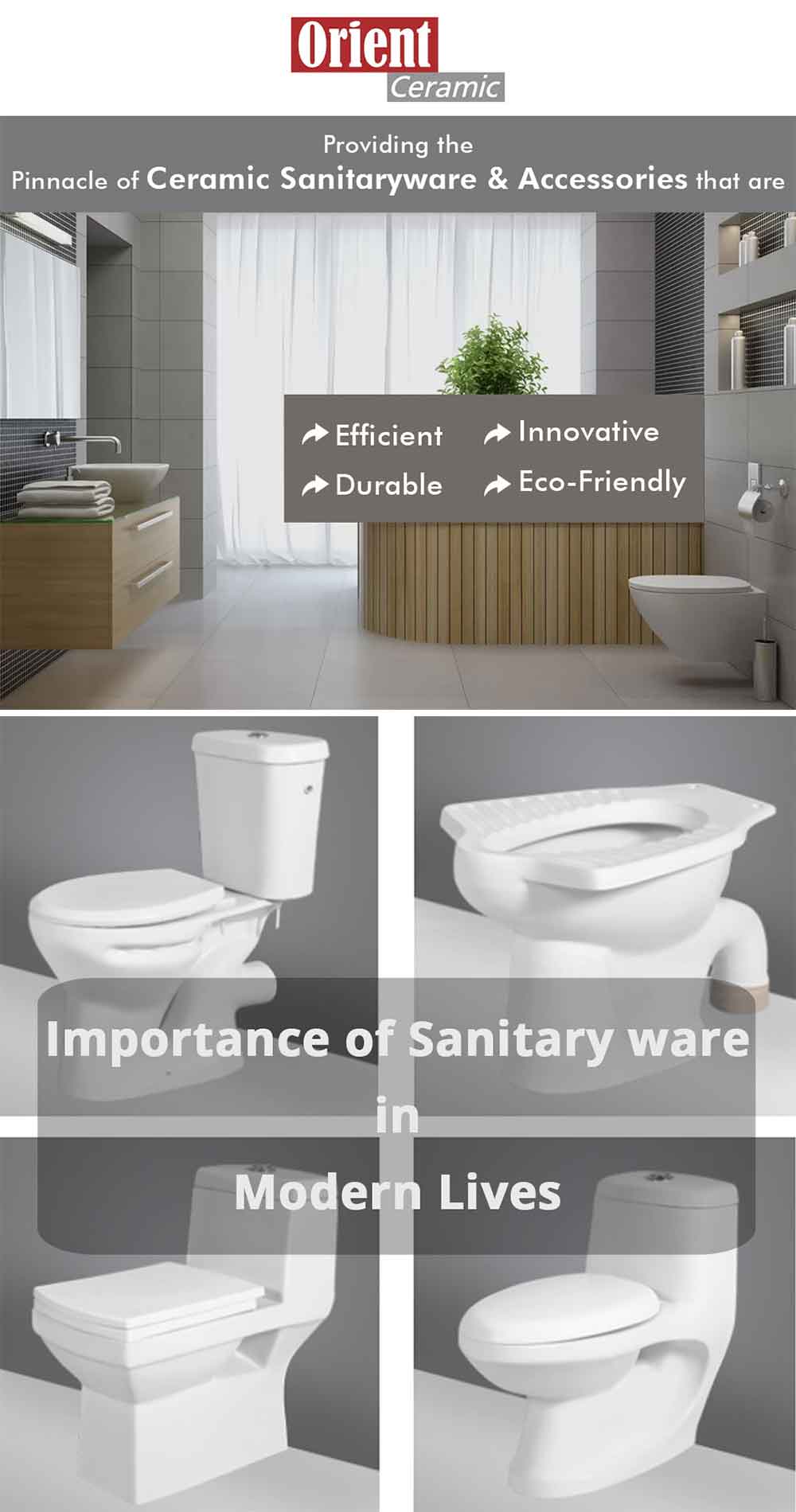
This article examines the European Ceramic Water Closet Market in terms of demand for ceramic sanitary ware. The market is segmented based on end-use and geography. Residential, commercial, renovation and ceramic bathtubs are segments of the industry. Ceramic sanitary wares are increasingly used in commercial and residential facilities. The growth of this market is largely due to the increasing adoption of ceramic materials. Hence, the market is anticipated to grow at a CAGR of 6.4% during the forecast period.
Demand for Ceramic Sanitary Ware Products
The demand for ceramic sanitary ware products in the Europe market is growing with the increasing number of people living in single-unit households. These products are easy to clean and maintain, as well as scratch and chemical-resistant. The growth in single-unit households is largely due to factors such as increasing population, urbanization, and changing lifestyles. A large portion of the demand for ceramic sanitary ware products is expected to come from the commercial sector, and new companies will focus on design innovation to cater to this growing end-user market.
Commercial applications are the fastest-growing segment of the European ceramic water closet market. A growing hospitality sector has driven demand for luxury ceramic sanitary wares. In addition to hotels and resorts, ceramic sanitary wares are used in the interior and exterior of private and commercial properties. The demand for such products is also expected to grow in Europe. In the near future, this segment will continue to grow at a healthy rate.

Exports of Ceramic Sanitary Ware in the Global Market
In 2022, exports of ceramic water closets are expected to increase significantly from $16.8 million in 2016. In the last few years, the U.S., Germany, and France are the leading countries importing ceramic sinks. However, other countries have also seen an increase in the import of ceramic sinks. And, in the last few years, the U.S. has become the top importer of ceramic sinks.
The largest export market for ceramic water closets is China. In 2021, China was the leading importer, with imports reaching $1.7 billion, up 3.2% from last year. Germany, on the other hand, ranked second in the global export market with a total value of $492M, up 6.2% from the previous year. Poland held a minor share of the overall export market. Nevertheless, China has been the market leader for more than a decade.
Segmentation of Ceramic Water Closet Market in Europe
The Ceramic Water Closet market in Europe is segmented by end-use, technology type, and region. The residential segment dominated the market in 2021, with increasing demand in urban areas and rural areas. Rising residential construction activities in these regions contribute to the growth of this segment. With the implementation of supportive government policies, this segment is expected to expand its scope in the coming years. In addition, the use of ceramic sanitary wares in public and private buildings is increasing.
Despite the large market size in Europe, the industry is highly fragmented, with many manufacturers working together to cut production costs and offer a wide range of products. Moreover, EU production is limited by environmental policies, forcing producers to incorporate sustainable materials and implement environmental management systems. This is one of the primary objectives of the ceramic water closet industry.
Growth of Ceramic Sanitary Ware Market
The demand for ceramic sanitary ware is rising due to several factors, including the rising per capita income of the population, increasing demand for affordable housing, and eco-friendliness. The rapid urbanization process and the recent developments in the interior decoration industry are all driving the market. A broader range of products and services for households and commercial establishments is also anticipated to spur demand for ceramic sanitary ware.
The Bottom Line
In terms of geographic distribution, Germany and France accounted for the largest share of the European market, with each country importing a large number of ceramic sanitaryware units. The Netherlands, Italy, and Spain occupied the next three places, while Poland, Romania, and Hungary showed flat trend patterns. Meanwhile, Spain, Portugal, and Italy were the lowest performers in the European Ceramic Water Closet Market, accounting for less than one percent of total imports.

Make an Appoinment
Send us Message
Visit us at Address
Vagadiya Road, Thangadh - 363530,
Gujarat, India.
Gujarat, India.
© Copyright 2024, Orient Ceramics, All Rights Reserved.
Web Design & Development by Opal Infotech